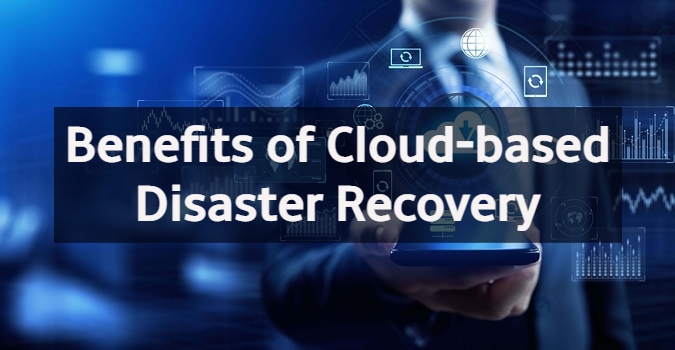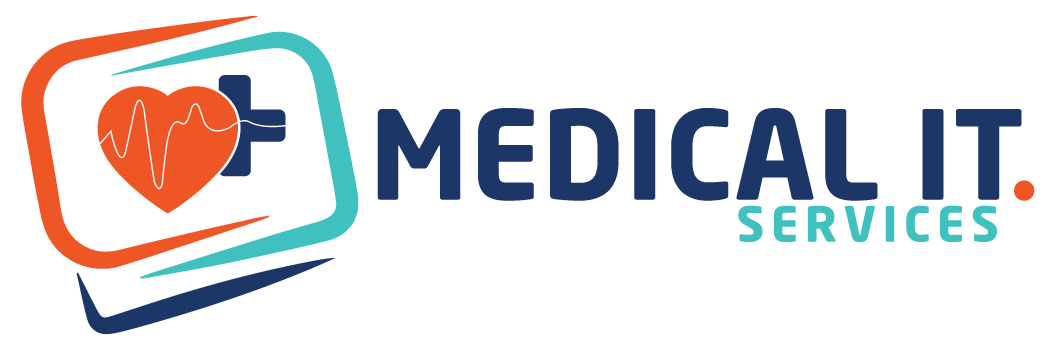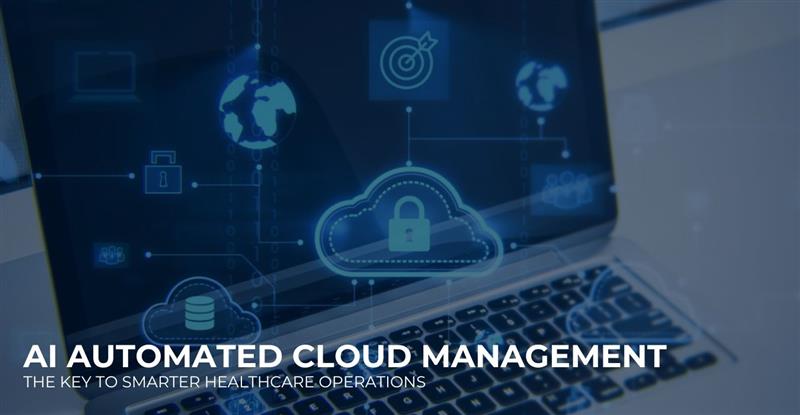In today's fast-paced environment, the Information Technology (IT) sector stands out as one of the…

Cloud-based Disaster Recovery for Healthcare Providers
In recent years, healthcare organizations have increasingly moved their daily business operations to the cloud. However, with the shift to the cloud, healthcare providers must also consider disaster recovery and business continuity in the event of an unexpected event that disrupts their operations. Cloud-based disaster recovery is an essential tool for healthcare organizations that helps to streamline their operations, reduce costs, and improve the quality of patient care.
Cloud-based DR is a powerful tool that enables healthcare organizations to protect their critical systems and data in the cloud. In this blog, we will discuss the benefits of cloud-based DR for healthcare organizations, the challenges they face in implementing cloud-based DR, and the best practices to overcome these challenges.
Benefits of Cloud-based Disaster Recovery for Healthcare Organizations
Cost-effectiveness: Traditional disaster recovery systems require significant upfront investments in hardware, software, and personnel. Cloud-based DR, on the other hand, offers cost-effectiveness by eliminating the need for physical infrastructure and maintenance costs. A cost-effective Manage Cloud Solution offers DR services on a pay-per-use basis, reducing the overall cost of disaster recovery.
Scalability: Cloud-based DR solutions are highly scalable and can be easily tailored to the changing needs of healthcare organizations. As healthcare organizations grow, cloud-based DR solutions can be scaled up to accommodate additional data and system requirements.
Data protection: Healthcare organizations handle large volumes of sensitive patient data that must be protected from unauthorized access, data breaches, and cyber-attacks. Cloud-based DR offers advanced security features such as encryption, multi-factor authentication, and continuous monitoring, ensuring that patient data is secure.
Business continuity: Cloud-based DR enables healthcare organizations to quickly recover from system failures, natural disasters, and other unexpected events, ensuring business continuity and minimizing disruptions to patient care.
Related Article: Cloud-Based EHRs: How To Improve Patient Care
Challenges in Implementing Cloud-based Disaster Recovery for Healthcare Organizations
Data Security:
The primary concern for healthcare organizations in implementing cloud-based DR is the security of patient data. Cloud providers must meet stringent security requirements and comply with regulatory standards such as HIPAA to ensure that patient data is protected.
Legacy Systems:
Healthcare organizations often rely on legacy systems that are incompatible with cloud-based DR solutions. Migrating data from these systems to the cloud can be a complex process that requires careful planning and execution.
Connectivity:
Cloud-based DR solutions require a reliable and robust internet connection to ensure data is accessible in the event of a disaster. Healthcare organizations must ensure that their internet connectivity is capable of handling the volume of data required for cloud-based DR.
Best Practices for Implementing Cloud-based Disaster Recovery for Healthcare Organizations
Conduct a risk assessment: Healthcare organizations must conduct a thorough cybersecurity risk assessment to identify potential threats to their systems and data. This will enable them to prioritize their disaster recovery needs and select the most appropriate cloud-based DR solution.
Select a reputable cloud provider: Healthcare organizations should choose a cloud provider that has a proven track record in providing secure and reliable disaster recovery services. The cloud provider should also be compliant with regulatory standards such as HIPAA.
Implement multi-factor authentication: Multi-factor authentication is an essential security feature that helps prevent unauthorized access to patient data. Healthcare organizations should implement multi-factor authentication for all users of the cloud-based DR solution.
Test the DR solution regularly: Healthcare organizations should test their cloud-based DR solution regularly to ensure that it is working as expected. Regular testing will help identify any issues that need to be addressed before a disaster occurs.
Conclusion
Cloud-based disaster recovery is an essential tool for healthcare organizations to ensure business continuity, patient safety, and data protection. Cloud-based DR offers numerous benefits, including cost-effectiveness, scalability, data protection, and business continuity. However, healthcare organizations face several challenges in implementing cloud-based DR, including data security, legacy systems, and connectivity issues.
Also Read:




